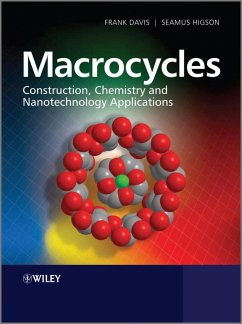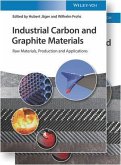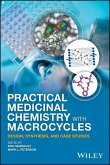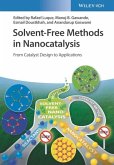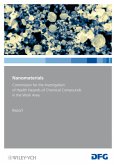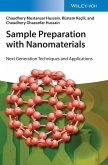Macrocyclic molecules contain rings made up of seven or more atoms. They provide building blocks for synthesizing precise two or three dimensional structures - an important goal in nanotechnology. For example, they can be used to develop nanosized reaction vessel, cages, switches and shuttles, and have potential as components in molecular computers as switches, nano-valves and logic gates. They also have applications as catalysts and sensors. Macrocycles: Construction, Chemistry and Nanotechnology Applications is an essential introduction to this important class of molecules and describes how to synthesize them, their chemistry, how they can be used as nanotechnology building blocks, and their applications. A wide range of structures synthesized over the past few decades are covered, from the simpler cyclophanes and multi-ring aromatic structures to vases, bowls, cages and more complex multi-ring systems and 3D architectures such as "pumpkins", interlocking chains and knots. Some of the molecular classes covered include simple ring compounds, three dimensional aliphatic carbon structures, annulenes, multi-ring aromatic structures, porphyrins and phthalocyanines, cyclophanes, crown ethers, cryptands, spherands, calixarenes, resorcinarenes, cavitands, carcerands, heterocalixarenes, calixnaphthalenes, cyclodextins, cyclotriveratylenes, cryptophanes, cucurbituris, rotaxanes and catenanes. Macrocycles: Construction, Chemistry and nanotechnology Applications distills the essence of this important topic for undergraduate and postgraduates students, and for researchers in other fields who are interested in getting a general insight into this increasingly important class of molecules.
"Macrocycles : Construction, Chemistry and NanotechnologyApplications distils the essence of this important topic forundergraduate and postgraduate students, and for researchers inother fields who are interested in getting a general insight intothis increasingly important class of molecules." (Chimie Nouvelle, 1 March 2013)

